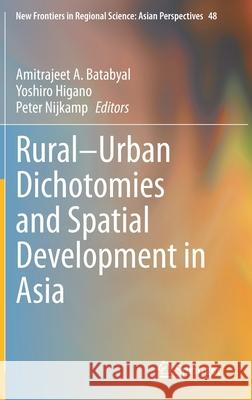Rural-Urban Dichotomies and Spatial Development in Asia » książka
topmenu
Rural-Urban Dichotomies and Spatial Development in Asia
ISBN-13: 9789811612312 / Angielski / Twarda / 2021 / 298 str.
Rural-Urban Dichotomies and Spatial Development in Asia
ISBN-13: 9789811612312 / Angielski / Twarda / 2021 / 298 str.
cena 483,04
(netto: 460,04 VAT: 5%)
Najniższa cena z 30 dni: 462,63
(netto: 460,04 VAT: 5%)
Najniższa cena z 30 dni: 462,63
Termin realizacji zamówienia:
ok. 22 dni roboczych
Dostawa w 2026 r.
ok. 22 dni roboczych
Dostawa w 2026 r.
Darmowa dostawa!
Kategorie:
Kategorie BISAC:
Wydawca:
Springer
Seria wydawnicza:
Język:
Angielski
ISBN-13:
9789811612312
Rok wydania:
2021
Wydanie:
2021
Numer serii:
000768488
Ilość stron:
298
Waga:
0.61 kg
Wymiary:
23.39 x 15.6 x 1.91
Oprawa:
Twarda
Wolumenów:
01
Dodatkowe informacje:
Wydanie ilustrowane











